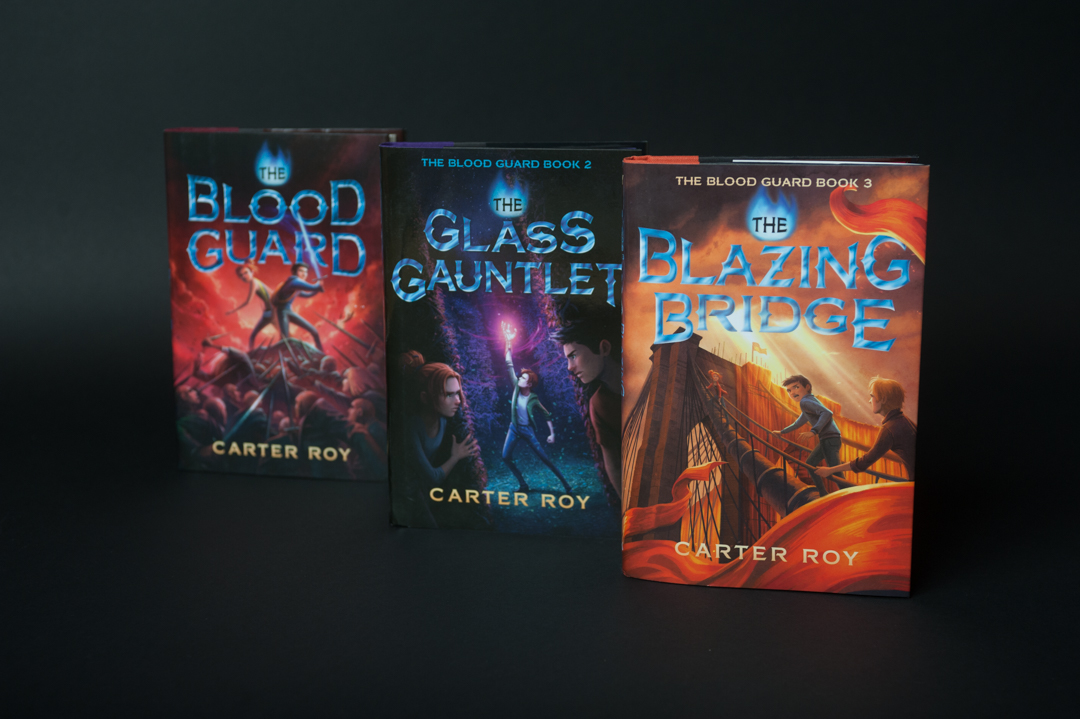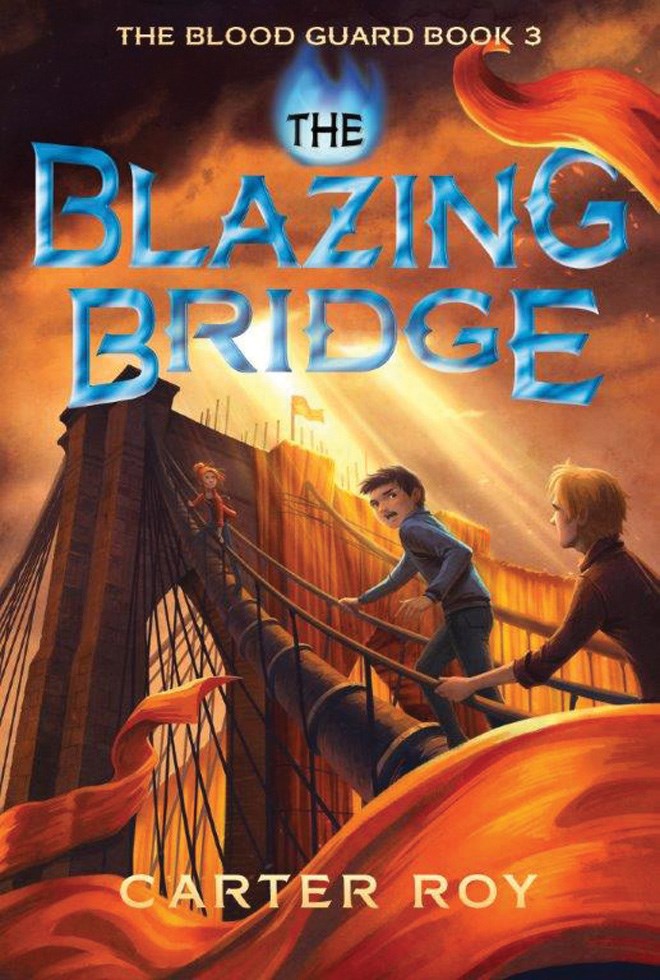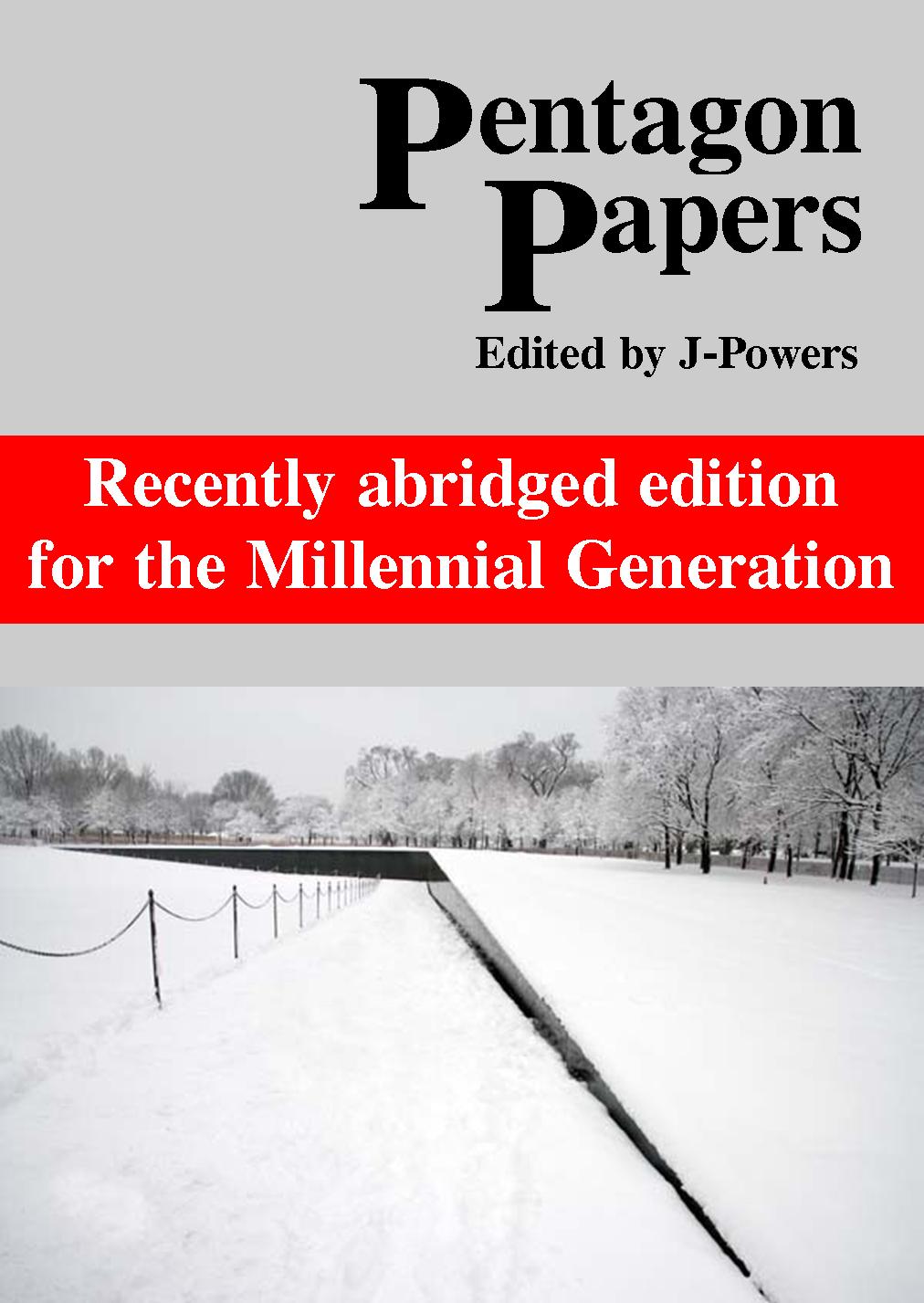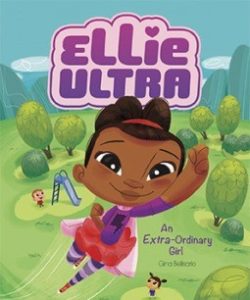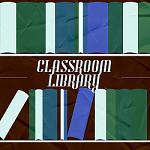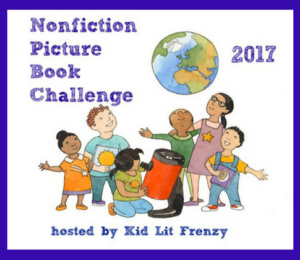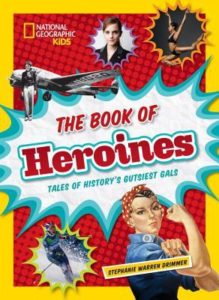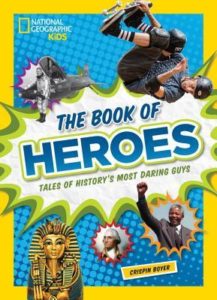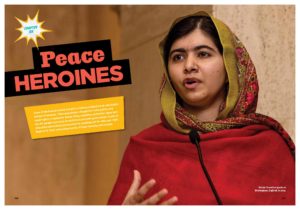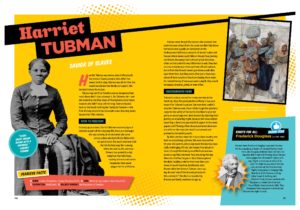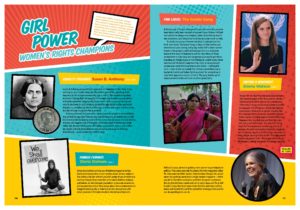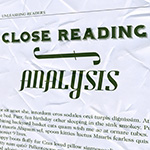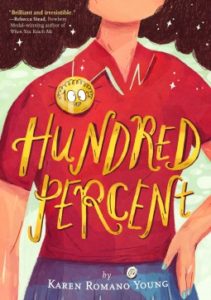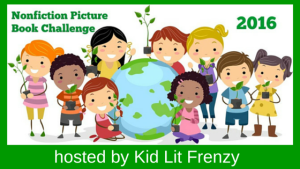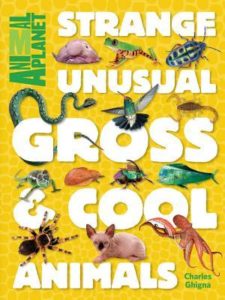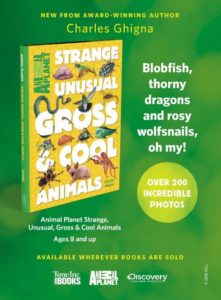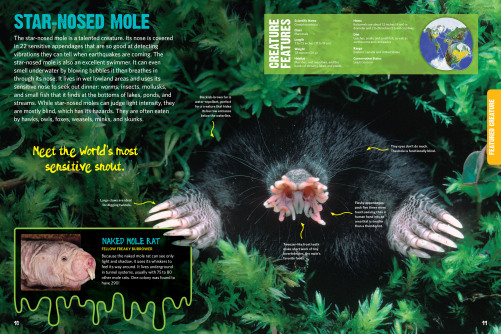Lights, Camera, Action! (How Movies Can Engage the Students in English Class)
I’ve been lucky enough to spend the last week in my hometown of Millstadt, Illinois, where I’ve presented to four local schools about my journey to MONSTERVILLE’S creation. Most recently, I spoke at an assembly at Millstadt Consolidated School, my alma matter (for K-9), and I was touched and humbled that both teachers I credited in my Acknowledgements came for the presentation.
While home, my parents and I watched a DVD (converted from VHS) of my brother and I opening Christmas presents. He was five, and I was nine. During that video, I screamed (with joy) while opening a huge box of books. Meanwhile, my brother Bryan never looked up from his assembly of a toy gun. He couldn’t have cared less that there were no books in his pile of presents.
Watching that video highlighted for me something we as educators, writers, book enthusiasts, etc., cannot ignore – not everyone is a reader. My brother is a very smart person – he is now a computer programmer and can do all sorts of “tekkie” things I have no grasp of – but Bryan would never scream with joy over meeting Stephen King. (That is beyond my comprehension).
I watched that video prior to my assembly at MCS. When it was done, I was scratching my head – what would I do to make the Bryans of the audience care about a presentation celebrating books?
My solution was to make the assembly not just about books, but creative expression. I’ve always been visual – I’m very much interested in film-making, so when I write, I think of how the scene would unfold in live action. And I would say I love movies almost as much as I love books. So I focused my presentation on the creative process generally – how books and movies are structured similarly (as evidenced by Blake Snyder’s wonderful SAVE THE CAT – this is a book that discusses the “beats” a screenplay must follow for solid structure, and almost all of his advice translates to writing), and where ideas come from (like how Ransom Riggs’ Miss Peregrine’s Home for Peculiar Children came to be because his editor suggested that he take the strange photos he’d collected and use them to “cast” for the story that was waiting there). All the kids – not just the readers – seemed completely engaged by this approach. By discussing movies and books as creative outlets, I had them hooked.
To that end, here are some exercises meant to interest the “non-readers.” These are gleaned from MONSTERVILLE, as my main character, Lissa Black, is fascinated by the world of film and sees her world through the lens of a camera. To her, each component of every day is a movie scene and a chance to be creative, even though she’s not really a reader. She’s more visual.
First, as an exercise, have kids read a book that has been made into a movie. It can be anything. Don’t make them answer any specific questions about the book. Instead, have them do a report about why they preferred one over the other, with examples (maybe the book was better in the sense that the movie didn’t do justice to one particular character, and maybe the movie was better because it cut a plot line that bogged down the main story). This exercise will give kids a sense of how a work is structured to be engaging and have emotional impact, and they’ll learn about what works to that end and what doesn’t.
Second, have kids take an ordinary conversation they’ve participated in or witnessed and turn it into a dialogue or a scene. (I do this in MONSTERVILLE- Lissa’s friend’s brother Scott is obsessed with Call of Duty, and that’s how Lissa gets the idea for the play she writes. It’s an exaggerated, funny version of how she perceives Scott). This will show kids how they can make ordinary scenes funny or interesting, which helps in writing stories (and makes the process more fun).
Third, have kids watch a movie and write down how it follows the beats to Blake Snyder’s SAVE THE CAT. (I can’t stress enough what a wonderful – and fun – writing tool that is for young writers). Here is a table I’ve compiled, which lists the sixteen beats and has a space where the student can fill in where it happens in a movie. This is fun because kids will realize that no matter the type of movie (action, comedy, drama), it follows the same structure. Books have a similar structure, too – I now use SAVE THE CAT for all my projects!
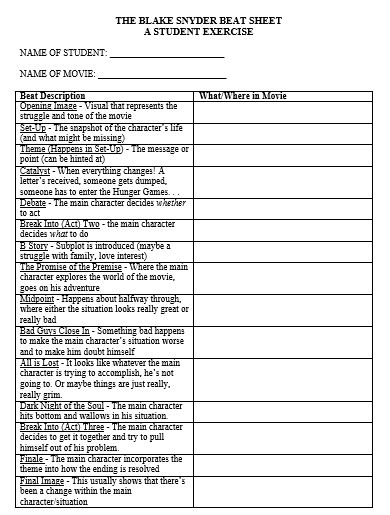
Fourth, for a writing project, require the outline to have more pictures than words. This will force kids to really visualize how their story will play out, as well as prevent them from getting bogged down in too much detail. Want an example? Here’s what I used to write MONSTERVILLE! (This is the board game the kids use to navigate the world of Down Below once Lissa’s sister is taken).
Not every kid wants to spend their weekend reading books. Sometimes, there needs to be a hook, or maybe something visual to engage them. Movies – and the process of film-making – can be that tool. If you think outside the box, students will, too!

Monsterville: A Lissa Black Production
Author: Sarah S. Reida
Published September 20th, 2016 by Sky Pony Press
Summary: Beware what lurks beneath your bed. . . . It could lead to a monstrous adventure.
Thirteen-year-old Lissa Black is miserable when her parents force her to move from New York City (the perfect home for an aspiring writer/director/actress) to Freeburg, Pennsylvania, nowhere capital of the world. There’s nothing to do there, except play her little sister Haylie’s favorite new game, Monsterville, and hang out with her new neighbor Adam.
But when a walk in the woods lands her face-to-face with a swamp monster hungry for brains and then a Sasquatch that moos, even Lissa can’t call her new home totally boring. With Adam’s help, she catches the culprit behind the drama: a shape-shifting goblin who’s fled from the monster world of Down Below.
And what do you do with a creature that can be literally anything? Make monster movies, of course! Lissa is convinced that Blue will be the secret to her big break.
But when Haylie goes missing on Halloween, Lissa, Adam, and the monster must venture Down Below to stage a rescue—and face the real Monsterville, which is anything but a game.
Monsterville is a fusion of The Boxtrolls, Jumanji, and Candyland, weaving together friendship, family, and monsters into a funny fantasy-horror brimming with heart from a great new middle grade voice.

Visit Sarah S. Reida’s website (which includes movie trivia, tips and resources for teachers, and film-making information) at: http://www.lissablackproductions.com. Her debut middle grade book, MONSTERVILLE: A LISSA BLACK PRODUCTION, can be found on both Amazon.com and BarnesAndNoble.com.
Thank you Sarah for this activity to bring film into the classroom!
 and
and

